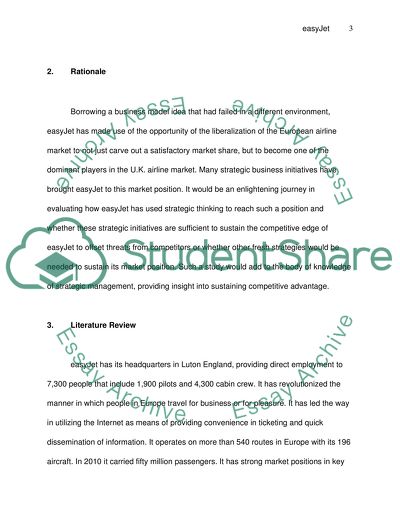Cite this document
(“Strategic Initiatives Required of easyJet plc to maintain its Dominant Dissertation”, n.d.)
Retrieved from https://studentshare.org/gender-sexual-studies/1418729-ywhat-actions-are-needed-by-easyjet-to-maintain
Retrieved from https://studentshare.org/gender-sexual-studies/1418729-ywhat-actions-are-needed-by-easyjet-to-maintain
(Strategic Initiatives Required of EasyJet Plc to Maintain Its Dominant Dissertation)
https://studentshare.org/gender-sexual-studies/1418729-ywhat-actions-are-needed-by-easyjet-to-maintain.
https://studentshare.org/gender-sexual-studies/1418729-ywhat-actions-are-needed-by-easyjet-to-maintain.
“Strategic Initiatives Required of EasyJet Plc to Maintain Its Dominant Dissertation”, n.d. https://studentshare.org/gender-sexual-studies/1418729-ywhat-actions-are-needed-by-easyjet-to-maintain.


